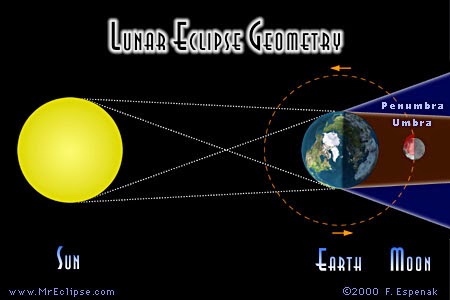 |
| Guess what? We're playing a game. This image has something in common with the title...but what? |
Greetings!
We're in the middle of
Spring Break here at the Virginia Living Museum, and that means lots of shows. It's also a time when lots of people visit the museum, so we're really keeping busy around here these days.
During times like Spring Break and Summer, I get to talk to a lot of people about the sky. So few of us take the time to stop and look up in the evenings...and even fewer of us can do so multiple times in a month. Many folks don't realize that the sky is always changing above them! The
Earth's rotation carries stars and other celestial objects across the sky daily. While the stars are fixed compared to each other over the course of a human lifetime, planets move constantly through the solar system, changing their positions against the background stars. Compared to the stars, planets are moving at the speed of light! The galaxy rotates as well, carrying the
Sun and the the entire solar system along with it in a grand motion that we humans never see.
 |
| Another strange image that's somehow connected to something in the previous paragraph. |
Even for those folks familiar with their local sky can be startled by the experience of seeing the sky from a new location. Moving across the surface of the Earth also changes what you can see at night...especially if you change hemispheres! When you see the
Southern Cross for the first time, it can be an amazing experience. Those stars, and many others, are never visible in the Northern Hemisphere, and can be seen only when venturing far to the south. An added bonus of visiting in South America or Australia? A view of the two companion galaxies to our own Milky Way - the Large and Small Magellanic Clouds!
 |
| Did you figure it out yet? If you know who these guys are, and read the paragraph above carefully, you might make the connection! |
Watching the sky can be romantic too. I remember sharing a lovely evening under the stars in
Chincoteague with my husband, not too long after we were married. It was beautifully dark on the Eastern Shore of Virginia, and we were staying at a lovely bed and breakfast for the weekend. We went out for a stroll on a delightfully warm and clear evening, and I remember smiling at my husband as the pale yellow Moon shone in his eyes. We often get requests for proposals to take place under the stars in the
planetarium, and we've even hosted a few weddings over the years!
 |
| Same thing here - if you know who they are, you might put them together with some words above. |
The sky is filled with extraordinary objects. A few times I've been asked what my favorite ones are...and that's a very tough question, because so many of them are incredible both scientifically and in terms of sheer beauty. I guess if I had to come up with a short list, I'd say
Jupiter and Saturn, Oberon, Miranda and Titania.
 |
| This one is a total red herring - I just like the picture. |
Wondering what on Earth this post has been about? I've just taken you on a clandestine astronomical and musical journey. I adore music - rarely do I not have a tune in my head or playing somewhere about me. As I type, Duran Duran's Rio is playing in the laser show running in the planetarium. And my life is currently awash in the music from
Disney's Frozen - I have a 10 year old daughter, you see. But this post has quoted some of my favorite astronomical lyrics from five different songs. Did you spot any of them? The unusual pictures might give you a clue. Give another look-see over the text to see if you can find them, or scroll down to see them identified. Enjoy!
Back again in a couple of weeks! Until then...
Carpe noctem!
Kelly
PS: Don't forget the star party at the museum this Saturday - Mars Madness! Mars will be making a close approach to Earth, and should look awesome in our telescopes. NASA will be on hand with fun activities and exhibits, and we'll have the usual slate of great shows in the planetarium. NASA exhibits are FREE and begin at 6pm in the Education Center. Observing is also FREE and begins at sunset (around 7:30pm). Check our website for the slate of shows in the planetarium - $6 or any 2 for $10. Members are always half price!
Solutions:
Halfway between the gutter and the stars... (title) from Weapon of Choice by Fatboy Slim
Image 1: Christopher Walken in the video for Weapon of Choice
Planets are moving at the speed of light... (paragraph 2) from Speed of Sound by Coldplay
Image 2: Coldplay performing Speed of Sound from the video.
When you see the Southern Cross for the first time... (paragraph 3) from Southern Cross by Crosby, Stills and Nash
Image 3: Crosby, Stills and Nash in concert.
The pale yellow Moon shone in his eyes... (paragraph 4) from Under African Skies by Paul Simon
Image 4: Paul Simon and Ladysmith Black Mambazo on stage.
Jupiter and Saturn, Oberon, Miranda and Titania... (paragraph 5) from Astronomy Domine by Pink Floyd
Image 5: Hubble Space Telescope image.







